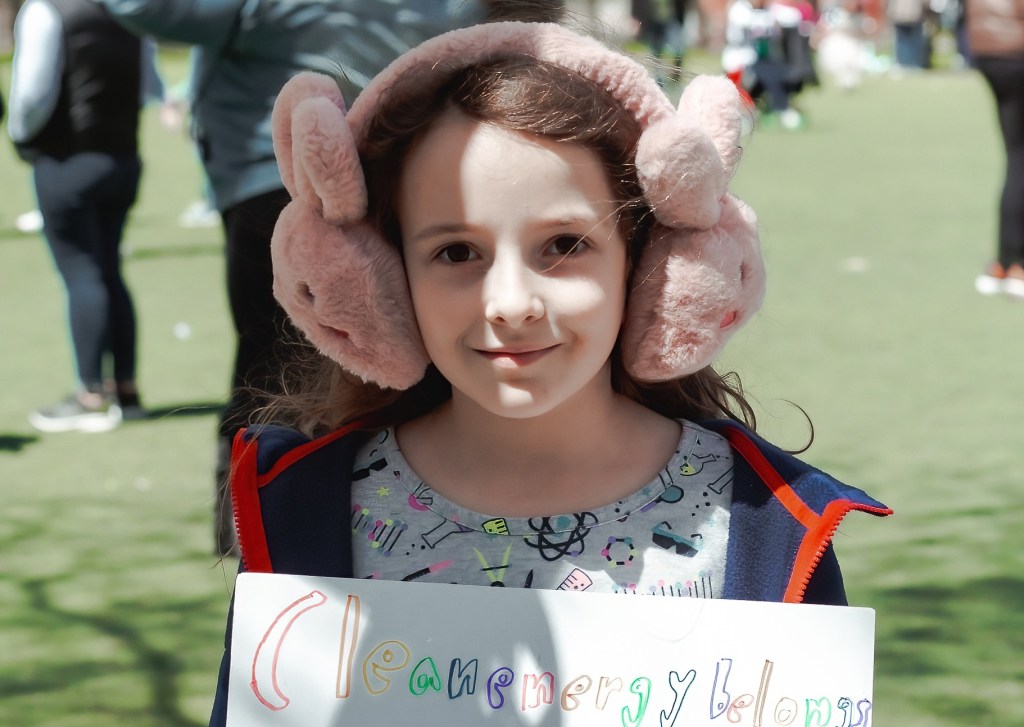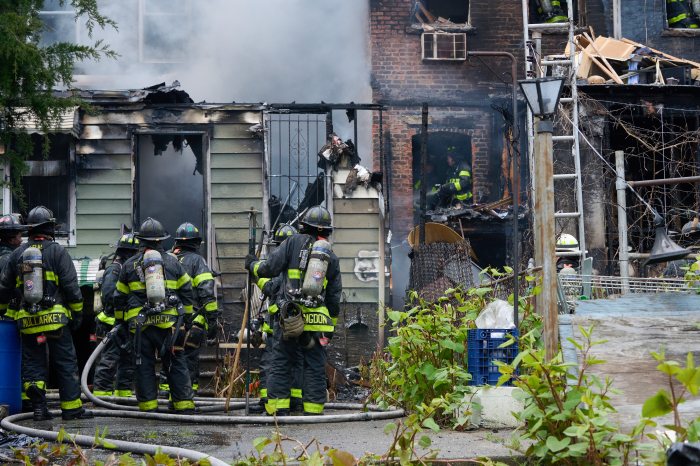City Council Districts 26, 27 and 28 have the boroughs most environmental problems, ranging from the largest number of hazardous waste generators to the largest number of new asthma-related cases, it was reported by a new environmental report issued by the New York League of Conservation Voters Education Fund (NYLCV).
The analysis also revealed that Queens neighborhoods contain an average of 39 illegal chemical or petroleum spills per square mile, as well as 11 major oil storage facilities throughout the borough.
Entitled "NYc Eco-Files," the four-page environmental "report card" is an easy-to-read, in-depth ecological analysis for each of Queens 14 councilmanic districts (CD) by the environmental protection organization.
The report profiles each districts areas that need upgrading, by pinpointing the locations of potential health problem zones, such as wastewater discharge facilities, petroleum spills, superfund sites, chemical bulk storage units, as well as the sites of five different types of solid waste storage facilities.
Most people, for example, are not aware that the half-mile area surrounding Shea Stadium and the National Tennis Center contains 11 hazardous waste generators, three chemical bulk storage facilities, a bus depot, and a major air emissions source. Abutting the Flushing River, the area contains a proposed site for a new sports stadium.
Queens Councilman James Gennaro (D-CD 24), who chairs the Council Environmental Committee, explained that his committees biggest current environmental challenge in Queens is protecting the boroughs drinking water. Ninety percent of Queens water supply comes from the 2,000-square-mile Catskill-Delaware water shed, into which 100 sewage treatment plants discharge their effluents. Failure to properly monitor this operation, he said, may necessitate construction of a giant $8 billion filtration plant.
Explaining the new "Eco-Files" report, NYLCV Communications Director Neill Coleman declared, "The maps and information in our Eco-Files draw much-needed attention to the many hidden sources of pollution in neighborhoods across New York City." The report, he said, gives residents the ammunition to lobby their elected officials "to take action to clean up the environment in their neighborhoods."
The reports comparison of the boroughs major environmental problem areas highlighted potential problems in the following three Council districts.
CD 26 (Long Island City, Sunnyside, Maspeth and Woodside) has the largest number of federal and state superfund sites, hazardous waste generators, wastewater discharge facilities, and major air emission sources.
CD 27 (St. Albans, Hollis and Cambria Heights) has Queens most chemical bulk storage facilities, as well as the most asthma-related medical cases.
CD 28 (Rosedale and South jamaica) had Queens largest number of children suffering from lead poisoning.
Local community boards, which are undergoing rapid industrial or commercial growth, are taking advantage of these reports analyses. CB 7 in Flushing has already distributed copies of the report to its environmental, zoning, and transportation committees.
The reports also give local elected officials, community board members and neighborhood activists the necessary facts with which to demand protection parity with their neighboring districts.
For example, a cursory review of the 14 reports reveals that the districts (CDs 21, 27, 28, and 31) that are either adjacent to the LaGuardia and Kennedy Airports, or that lie in the flight paths of their planes, have a strikingly higher asthma-related illness rate than neighboring districts. Utilization of these reports can be used to require an accelerated reduction of the airplanes engine gas emission units. It also allows public and private school systems to request a speed-up of the Port Authoritys 20-year program to expand the boroughs school soundproofing and window sealing program to shut out the planes poisonous fumes.
The report indicates that every borough district has hazardous waste generators, as well as petroleum and chemical spills. In addition, most have generators of major air emissions, chemical bulk units, and wastewater discharge units. Despite this overwhelming presence of toxic air and chemical potentials, only eight of the boroughs 14 districts are monitored by the federally-mandated Toxic Release Inventory rules, which regulate their use.
As he returned to the Council budget hearings last week, Gennaro was hopeful. "I am committed to ensuring that the budget modification process does not hamper the citys ability to protect its citizens from environmental degradation. Air quality and water quality will not be victims of the budget process," he declared.

































